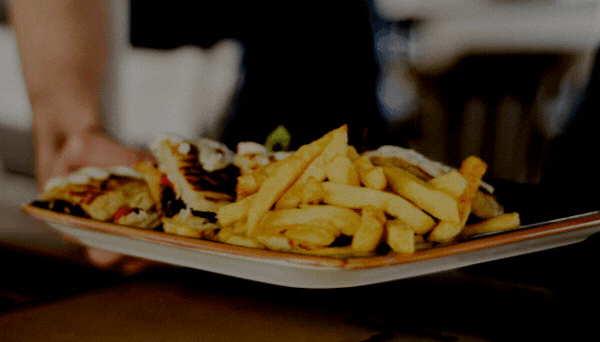The History of the Hamburger
The infamous hamburger is a classic dish found on almost every menu offering in America. A ground meat patty, often beef, tucked between two halves of a bun, it can be customized with toppings to fit your personal preference. While many enjoy the hamburger weekly if not daily, there's not a lot of discussion about the hamburger's origin and how it came to be one of the most popular items in North America.
Where Did the Hamburger Get Its Name?
The name "hamburger" has origins in the city of Hamburg, Germany. When making a hamburger patty, the ground meat used to form the hamburger patty replicated a Hamburg dish brought over to the States by immigrants. Seeing how easy the hamburger steak dish fit between a bun made the variations of the hamburger patty a common dish because it was affordable and easy for the working class to enjoy quickly and return to their obligations. A traditional meal could be rolled together conveniently in a sandwich.
Becoming an American Staple
Affordable and easy to make, the hamburger quickly gained traction across the industrial community as a quick and satisfying lunch option. The popularity of the hamburger made its way to menus at local diners and restaurants, with owners putting their own spin onto the dish. By the 1920s, the dish was frequently paired with potato chips or fries and offered in urban areas.
Taking On The Fast Food Industry
The American fast-food industry as we know it began with the mass production of hamburgers, making them tasty and available to customers across the nation. Oddly enough, the White Castle fast-food chain mogul started out with their variation of the hamburger, known as sliders. Topped with cheese and cut in a square, these beef patties grew into one of the first restaurant chains stapled in American culture.
The classic burger, though, with a rounded beef patty, cheese, and the sesame seed bun was made popular by the McDonald's franchise in the 1960s, when the same hamburger was made to order and could be found in small towns and big cities all across the country.
Both White Castle and McDonald's still have their grip on the fast-food industry, transforming the way Americans eat for the better part of a century. Other large restaurant chains have provided customers with their variation of the hamburger, maintaining stability in a product that was easy and convenient for commercial kitchens, while providing a level of variety for customers.
New Hamburger Variations
Today, hamburgers come in a variety of sizes and toppings. White Castle is responsible for the slider and McDonald's has the infamous Big Mac with a special sauce, an extra bun, and lettuce. While many restaurants have their own staple versions of the hamburger, variations of this sandwich have exploded across the North American continent. From the hamburger came the cheeseburger, a topping that the majority of burgers carry today.
Do you like cheddar cheese on your burger? Maybe Swiss, pepper jack, or even provolone? For toppings, many hamburgers come complete with onions, lettuce, tomatoes, and pickles deliciously stacked just above the hamburger patty. And you can't forget the condiments, either. Popular condiments include ketchup, mustard, mayo, and barbecue sauce. As we've seen over the years, the possibilities are nearly endless with the hamburger.
Still beef?
While the traditional hamburger was made with ground beef, that is no longer the only burger on menus across the country. Ground turkey or chicken have become popular, offering lighter options for those who are more health-conscious. For those who are vegetarian or vegan, a plant-based patty has become insanely popular, with large chains such as Hardee's/Carl's Jr. and Burger King offering a Beyond Meat option. Many commercial kitchens are exploring different hamburger options today to fit the dietary needs of their customers.
Embracing National Hamburger Day
Without a doubt, the hamburger has made an impressionable mark on American culture. From here in Florida, to all the way out west in California, the hamburger shows that it is diverse and can adapt to fit any person's preference. What can be better than celebrating National Hamburger Day this May by ordering a delicious, and juicy hamburger from one of your favorite local restaurants, or by simply firing up the grill and making your own signature burger. At the end of the day, the hamburger isn't just about the meat, what's on it, or even the bun. It's about coming together to celebrate a culture together.




